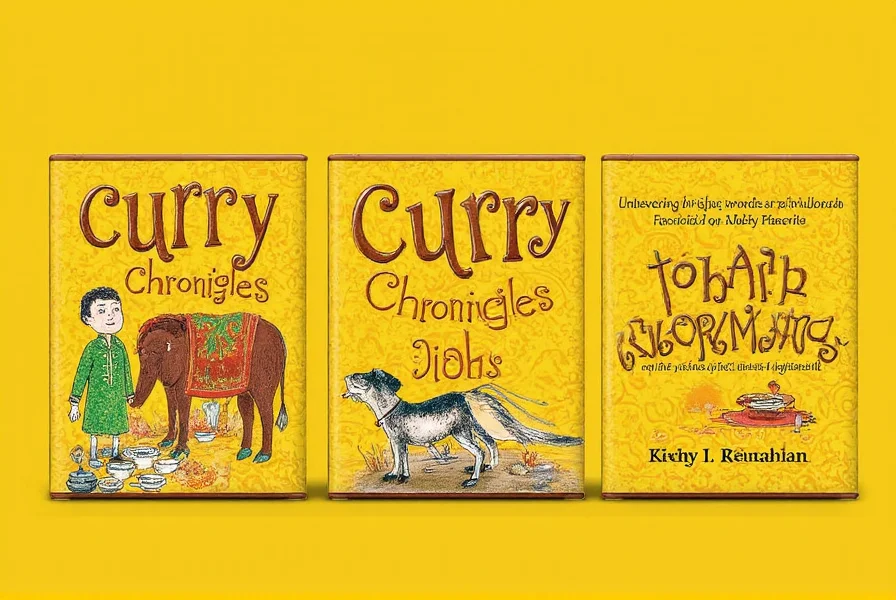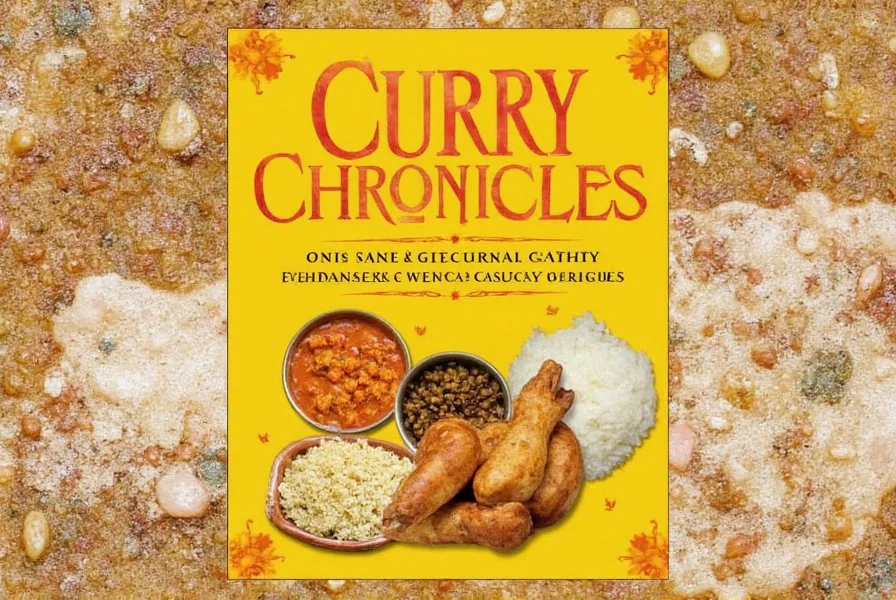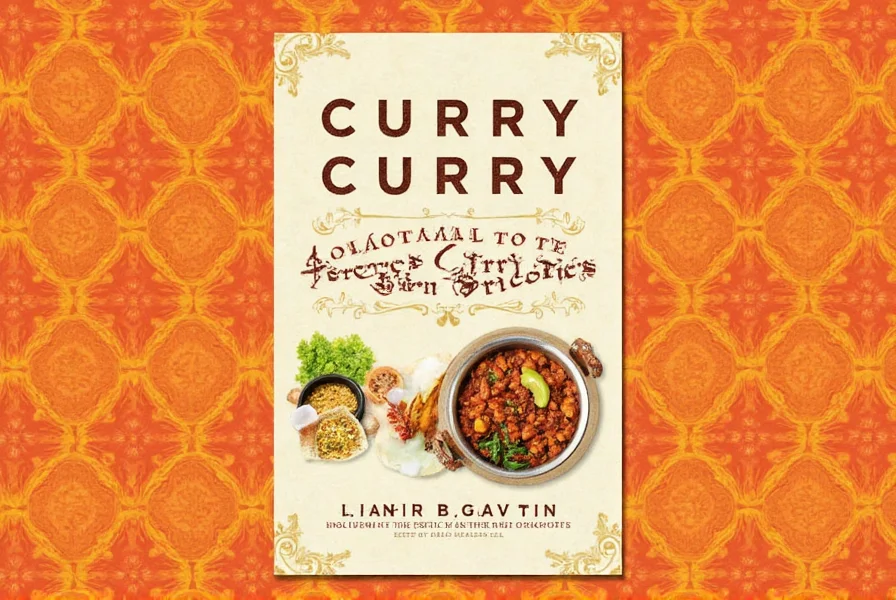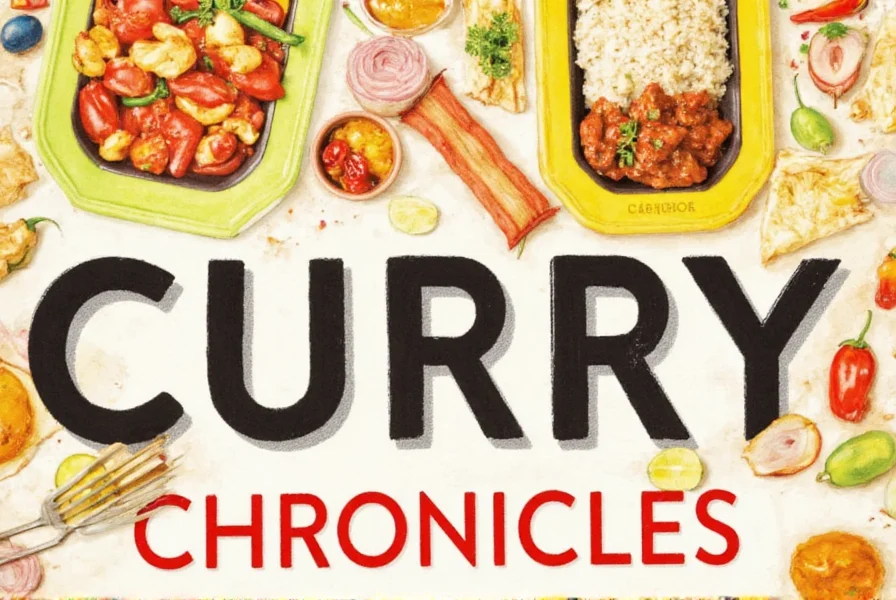Curry Chronicles: Uncovering the Spicy Origins of a Global Favorite
Table of Contents
- Introduction
- Defining Curry – Is It a Spice, a Dish, or a Tradition?
- Indian Roots: The Birthplace of Curry
- Curry as a Global Traveler
- Curry Around the World – A Flavorful Comparison
- Curry Buying Guide – From Mild to Wild
- Spice Up Your Kitchen: Curry Cooking Tips & Tricks
- Conclusion: Curry – More Than Just a Dish

Introduction
Have you ever wondered why that bowl of Thai green curry feels so different from the Japanese kare raisu on your plate? Or how British curry houses became cultural hotspots in London and Manchester? Welcome to the flavorful journey through the origin of curry—a tale that stretches across continents, cultures, and centuries.
Cooking with curry isn't just about adding spice; it's about embracing history, tradition, and the artistry of flavor blending. In this article, we’ll take you from ancient India’s bustling spice markets to modern kitchens around the world where curry still reigns supreme. Whether you're a seasoned chef or an adventurous home cook, prepare to be amazed by the story behind one of the world’s most beloved flavor profiles.

Defining Curry – Is It a Spice, a Dish, or a Tradition?
The word “curry” often throws people into confusion. Is it a spice blend? A sauce? A whole category of dishes? The truth is—it can be all three, depending on where you are in the world.
- In India, 'curry' often refers to any spiced dish, especially those with a sauce base.
- In Japan, 'kare' is a mild, thick stew made with Western-style curry powder.
- In Thailand, curry comes in red, green, and yellow paste forms, each packed with intense heat and fragrance.
- In Britain, curry has become a national dish, influenced by Indian immigrants and adapted to local tastes.
So, what exactly is the original curry? Let’s go back to its roots to find out.

Indian Roots: The Birthplace of Curry
If there’s one place that deserves the title of “curry capital,” it’s India. For thousands of years, Indian cooks have been layering complex flavors using indigenous spices like turmeric, cumin, coriander, cardamom, and chili peppers. These blends formed the backbone of traditional curries, which varied widely based on region, climate, and cultural practices.
The Tamil word “kari” — meaning sauce or relish — is believed to be the linguistic root of “curry.” When European traders arrived in India during the 16th and 17th centuries, they encountered these aromatic, spiced dishes and tried to replicate them back home. Enter the colonial influence, and thus began curry’s global evolution.
Did You Know?
- Kerala-style fish curry uses coconut milk for a creamy finish.
- Punjabi butter chicken is a tomato-based curry rich in ghee and cream.
- South Indian Chettinad curry features star anise, fennel seeds, and black pepper.

Curry as a Global Traveler
Thanks to trade routes and colonialism, curry spread far beyond India. Each new region added its own twist, creating unique variations that now define their culinary identities:
- Thailand: Introduced lemongrass, galangal, and kaffir lime leaves to create aromatic curry pastes.
- Jamaica: Brought in Scotch bonnet peppers and allspice for fiery Caribbean curries.
- Japan: Developed a sweet, mild version known as Japanese curry (kare), often served with rice and tonkatsu.
- United Kingdom: Adopted Indian-inspired curries and made them milder, eventually birthing the iconic Chicken Tikka Masala, often cited as Britain’s national dish.
A Culinary Timeline of Curry’s Journey
| Year | Event | Region |
|---|---|---|
| ~2000 BCE | Earliest use of turmeric and other spices in Indian cooking | India |
| 1500s | Portuguese introduce chili peppers to India | Goa, India |
| 1700s | British traders bring curry recipes back to England | UK |
| 1800s | Curry powder becomes commercially available in Europe | Europe |
| 1900s | Curry spreads to Japan, Caribbean, Africa, and Southeast Asia | Global |

Curry Around the World – A Flavorful Comparison
Let’s dive into some of the most popular regional curry styles and compare their ingredients, flavor profiles, and signature dishes.
| Curry Type | Origin | Main Ingredients | Flavor Profile | Best For |
|---|---|---|---|---|
| Red Curry | Thailand | Red chili paste, coconut milk, shrimp or beef | Spicy, savory, slightly sweet | Those who enjoy bold heat and aromatic depth |
| Green Curry | Thailand | Green chili paste, coconut milk, bamboo shoots | Herbaceous, spicy, fragrant | Vegetarians and spice lovers |
| Korma | India | Yogurt, nuts, saffron, lamb or chicken | Mild, creamy, nutty | Beginners and those with sensitive palates |
| Vindaloo | Goa, India / Portugal | Vinegar, garlic, pork, chili | Sour, tangy, intensely spicy | Adventurous eaters looking for a kick |
| Japanese Curry | Japan | Onion, potato, carrots, meat | Sweet, savory, thickened with flour | Families and comfort food lovers |
| Jamaican Curry | Jamaica | Allspice, scotch bonnet, goat or chicken | Smoky, spicy, earthy | Caribbean cuisine enthusiasts |
Curry Buying Guide – From Mild to Wild
Ready to stock up on curry powders, pastes, or pre-made sauces? Here’s a handy buying guide to help you choose the right products for your kitchen:
1. Curry Powder
- Best For: Dry rubs, slow cooker stews, homemade spice blends
- Top Brands: McCormick, Simply Organic, Everest
- Key Features: Shelf-stable, versatile, easy to customize
2. Thai Curry Paste
- Best For: Quick Thai-inspired meals, soups, stir-fries
- Top Brands: Mae Ploy, Aroy-D, Thai Kitchen
- Key Features: Intense flavor, ready-to-use, refrigerated after opening
3. Japanese Curry Blocks
- Best For: Family-friendly meals, school lunches, bento boxes
- Top Brands: House Foods, Vermont Curry, Golden Curry
- Key Features: Pre-sweetened, pre-thickened, kid-approved
4. Jamaican Curry Powder
- Best For: Jerk seasoning, goat curry, grilled meats
- Top Brands: Walkerswood, Grace, Island Gourmet
- Key Features: Smoky, peppery, ideal for Caribbean fusion
5. Homemade Curry Blends
- Best For: Serious spice lovers, chefs, flavor experimentation
- Customization Options: Toast your own seeds, adjust heat levels, add herbs
- Tip: Store in airtight containers away from light for best longevity

Spice Up Your Kitchen: Curry Cooking Tips & Tricks
Whether you're making a quick weeknight meal or hosting friends over the weekend, here are some expert tips to elevate your curry game:
- Bloom the Spices First – Always start by frying your spices in oil to unlock their full aroma. This step makes a huge difference in flavor depth.
- Add Acid at the End – A splash of lime juice or vinegar brightens the overall taste, balancing richness and spice.
- Don’t Rush Simmering – Letting your curry simmer allows flavors to meld and develop. Even 20 extra minutes can make a big impact.
- Layer Textures – Add crunchy toppings like fried onions, roasted chickpeas, or toasted coconut for contrast.
- Use Coconut Milk Smartly – Full-fat coconut milk adds richness, but if you want a lighter version, mix with vegetable broth or water.
- Experiment with Proteins – Tofu, paneer, eggplant, lentils, or mushrooms can all take on curry flavors beautifully.

Conclusion: Curry – More Than Just a Dish
Curry is more than just a single ingredient or dish—it’s a living, evolving expression of culture, migration, and culinary creativity. From its humble beginnings in ancient Indian kitchens to its starring role on global menus, curry continues to inspire and unite people across borders.
So next time you open a jar of curry paste or grind your own masala, remember: you’re not just making dinner—you’re participating in a global tradition that’s been centuries in the making.
Now go ahead, grab your ladle, and let the curry magic begin!












 浙公网安备
33010002000092号
浙公网安备
33010002000092号 浙B2-20120091-4
浙B2-20120091-4